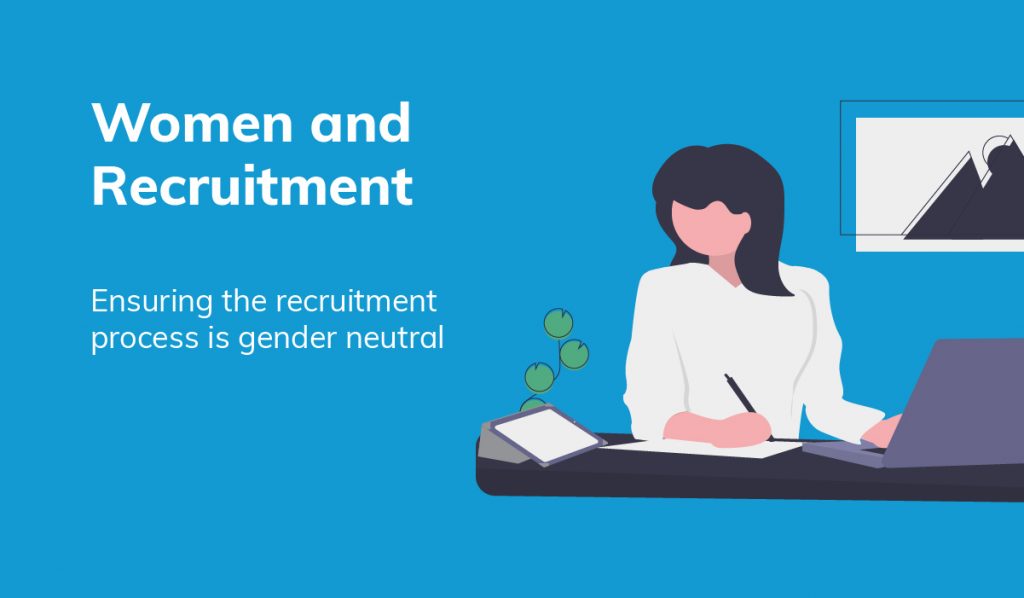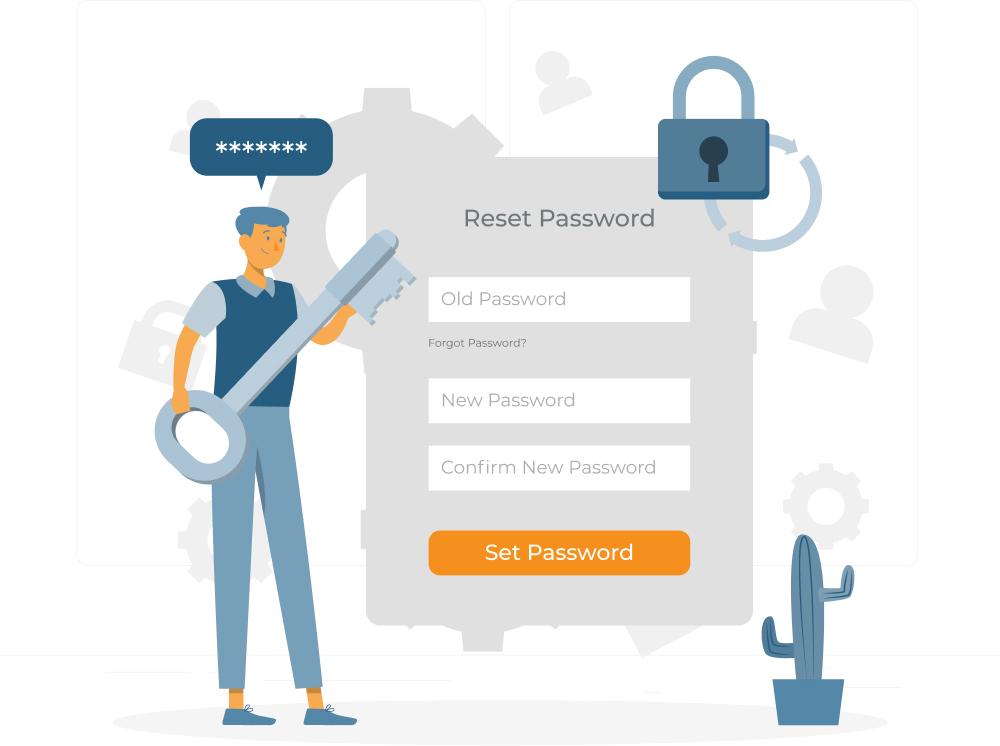How can we ensure our recruitment processes do not impact women negatively?
#ChooseToChallenge – International Women’s Day 2021 – Recruitment.
Believe it or not, often in an interview, female candidates are still asked a series of questions aimed at discovering whether they are married or have kids. Or if they are thinking of having kids. The so-called ‘elephant in the room’, that unconscious bias that comes with hiring women, is still very much present in the recruitment process.

As we celebrate International Women’s day 2021, it would be apt to look at recruitment processes and suggest ways in which companies can work toward reducing gender bias as much as possible.
Women and recruitment
Research shows that it takes a woman longer to apply for a job than a man. In fact, according to research by Norman Broadbent, a global recruitment firm, it often takes 8 phonecalls to persuade a woman to apply for a job compared to just 2 for a man. The truth is that it takes women much longer to recognise that they possess the necessary skills for a job than it takes for men.
Actually, it takes great courage and effort for a woman to put her name forward for promotion or for a new vacancy. Getting to the interview stage for most women is already nerve-wracking – imagine having to deal with the unconscious biases in the room during the interview!
What is unconscious bias?
Unconscious bias refers to social stereotypes about certain groups of people that individuals form outside of their own conscious awareness. For example, unconsciously we may pigeonhole women into a type of role. Once this happens, it’s a struggle to shed this bias which automatically skews the interview process against women.
What can be done to ensure our recruitment process is gender-neutral?
To begin with, there needs to be an agreement at leadership level to push the female agenda. This is an important first step in recognizing that women are good for business. Also, make a genuine effort. Not simply to encourage more women to advance across organisations, but also to encourage them apply for vacancies.
Once this becomes the company narrative, push it. The HR department needs to be fully on board and all recruitment processes should reflect this change.
1. Vacancy announcements need to be female-friendly
Many vacancy announcements indicate fun on the job including beer nights, darts competitions, pool tables in the canteen and football tournaments. This is not wrong, yet does little to attract women to your culture. Instead, introduce a balance by asking your female employees what they consider to be ‘fun’.
2. Target vacancy announcements to women
When advertising vacancy announcements go out of your way to advertise where women can see them. There are many online groups with thousands of women subscribers which would be a great place to start.
3. Promote your female-friendly benefits
Vacancy announcements always include benefits. In this case, the more female-friendly benefits you push the more likely that you will attract women applicants.
4. Take sexual harassment and bullying seriously
Actions speak louder than words. Implement a sexual harassment and bullying policy across the board. There must be zero tolerance to any form of harassment or bullying at the workplace.
5. Represent the females in your company
On your website or social media, ensure that photos include women at every level of the company. This will encourage more women to apply.
Conclusion
Talented and highly skilled women are in great supply yet recruitment practices do not always attract them by perpetuating a recruitment process that is inherently projecting a male image. However, by ensuring balance across the recruitment and onboarding process, companies can reduce the risk of alienating a good portion of the working population and attract the best talent to their company, irrespective of gender.
IKEA in Spain started to experiment with blind CVs where gender is excluded from the CV and is not considered as part of the recruitment process. Time will tell if this is an effective way of reducing gender bias. Before that however, there is much we can do in terms of awareness when drafting our vacancy adverts as well as conducting our interviews. From online presence, to brand eminence, to vacancy adverts – every photo, message and article tells a story about the culture of your company. This is the best place to start.
You can Choose To Challenge your current practices and commit your organisations to a fairer more gender-balanced recruitment process – not because it’s good to have, but because a balanced workforce is good for your business.
Mikela Fenech Pace is an HR Consultant and Executive and Team Coach, and founder of Upstream. She loves to be around people and understanding what makes them tick. Her work is driven by the belief that people deserve to come to work with a smile and leave with a smile. She loves reading and travelling and Marsalforn – Gozo is the most beautiful place on earth.

